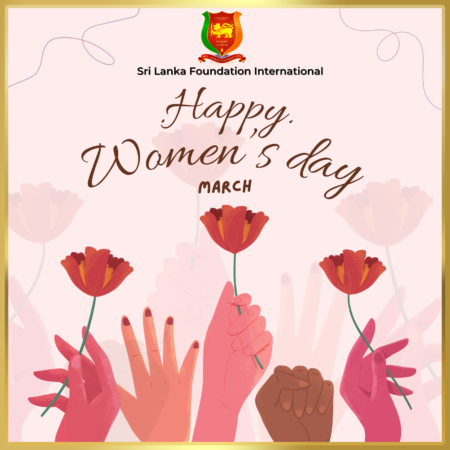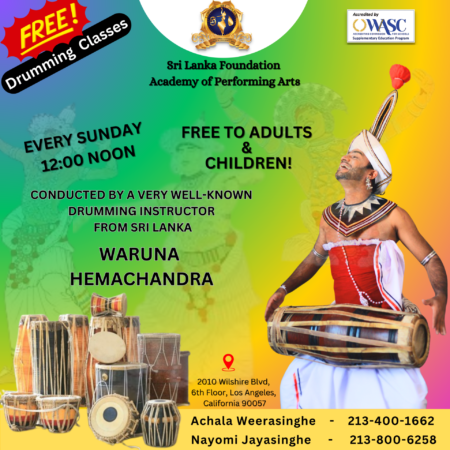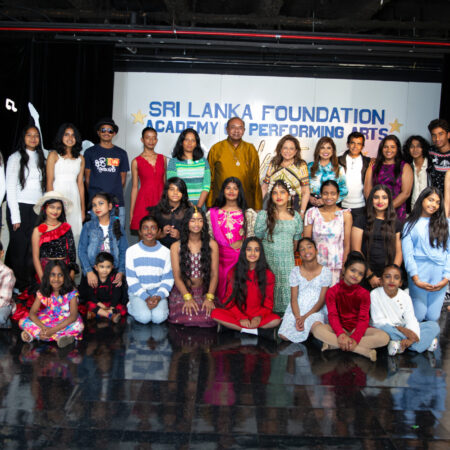Visit Mantai, nestled into a bay in northwestern Sri Lanka, and today you’ll see nothing but a solitary Hindu temple overlooking the sea. But 1500 years ago, Mantai was a bustling port where merchants traded their era’s most valuable commodities. Now, a study of ancient plant remains reveals traders from all corners of the world—including the Roman Empire—may have visited or even lived there.
Mantai was a hub on the ancient trade networks that crisscrossed the Indian Ocean and connected the distant corners of Asia, Africa, Europe, and the Middle East. The port town flourished between 200 B.C.E. and 850 C.E. During that time, it would have been a nexus for the spice trade, which ferried Indonesian cloves and Indian peppercorns to Middle Eastern and Roman kitchens.
But for such a potentially important site in the ancient world, Mantai has been difficult for archaeologists to study. After excavations in the early 1980s, research was halted in 1984 by Sri Lanka’s civil war. “Mantai was firmly in the red zone,” says Robin Coningham, an archaeologist who studies South Asia at Durham University in the United Kingdom. Only after the fighting ended in 2009 could a team led by Sri Lanka’s Department of Archaeology return to continue excavations.
Eleanor Kingwell-Banham, an archaeobotanist at University College London, joined the team to study the plant remains sifted from the excavated soil. She found an abundance of locally grown rice grains, but also more exotic products: charred black pepper dating to 600–700 C.E. and a single clove from 900–1100 C.E.—an exceptionally rare find, because ancient people were very careful with their spices, her team reports today in Antiquity. “Because [spices] are so valuable, people in the past really made sure they didn’t lose them or burn them,” Kingwell-Banham says. “These things were worth more than gold.” The clove, in particular, must have made quite a journey—about 7000 kilometers from its native home in the Maluku Islands of Indonesia.
The team also found remains that could link the port city to the ancient Mediterranean world—processed wheat grains dated to 100 to 200 C.E. and grape seeds dated to 650 to 800 C.E. Neither crop can grow in Sri Lanka’s wet, tropical climate, so they had to be imported, possibly from as far as Arabia or the Roman world. Kingwell-Banham says her team is studying the chemical isotopes absorbed by the plants to determine where they were grown.
But no matter their precise origin, the coexistence of rice and wheat is evidence of Mantai’s “cosmopolitan cuisine,” in which both local and foreign foods were eaten, she says. The discovery of wheat and grapes in Mantai “is entirely new,” and shifts the focus on goods transported from South Asia to the Roman world, to goods that went in the other direction,” Coningham says.
So were there Roman merchants living in Mantai, importing and cooking the foods of their homeland? “It’s certainly a possibility,” says Matthew Cobb, a historian who studies ancient Indian Ocean trade networks at the University of Wales Trinity Saint David in Lampeter. But no one has yet clinched the case with Roman ceramics. So exactly who in Mantai had a taste for Mediterranean food remains to be seen.
Courtesy of www.sciencemag.org





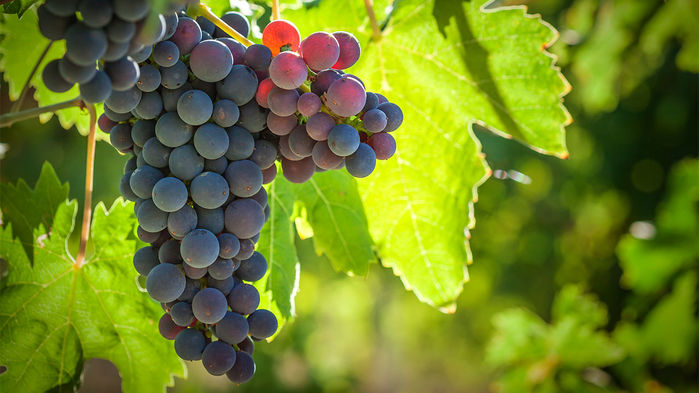


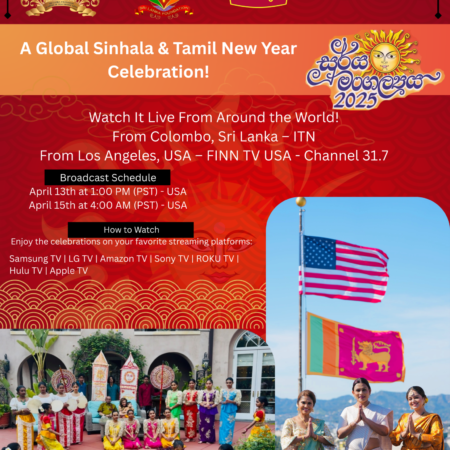
![TV-Poster-All-Exhibition-Sri-Lanka-in-Focus-USA-2025[1]](https://www.srilankafoundation.org/wp-content/uploads/2025/04/TV-Poster-All-Exhibition-Sri-Lanka-in-Focus-USA-20251-450x450.jpg)


